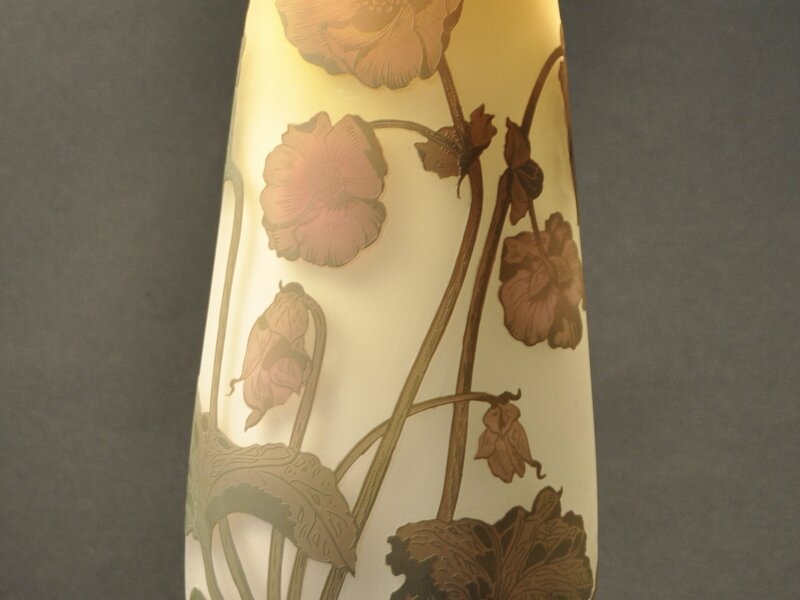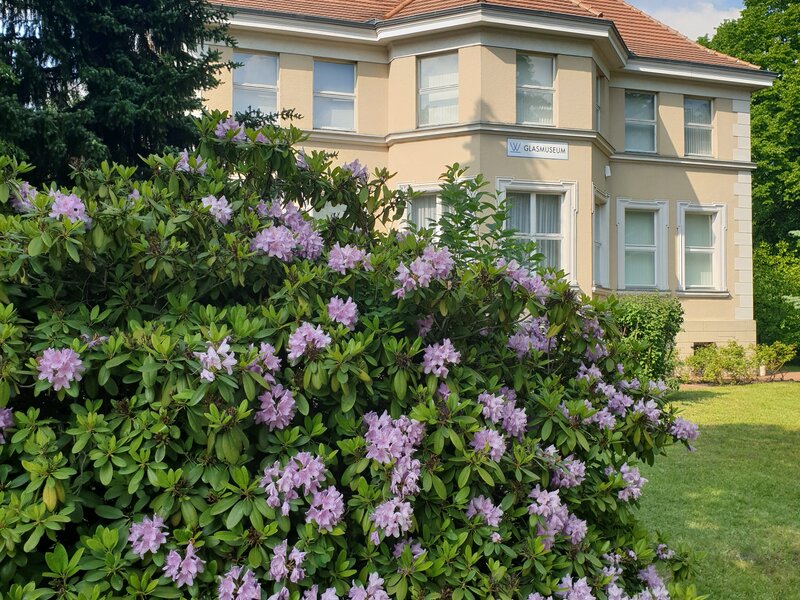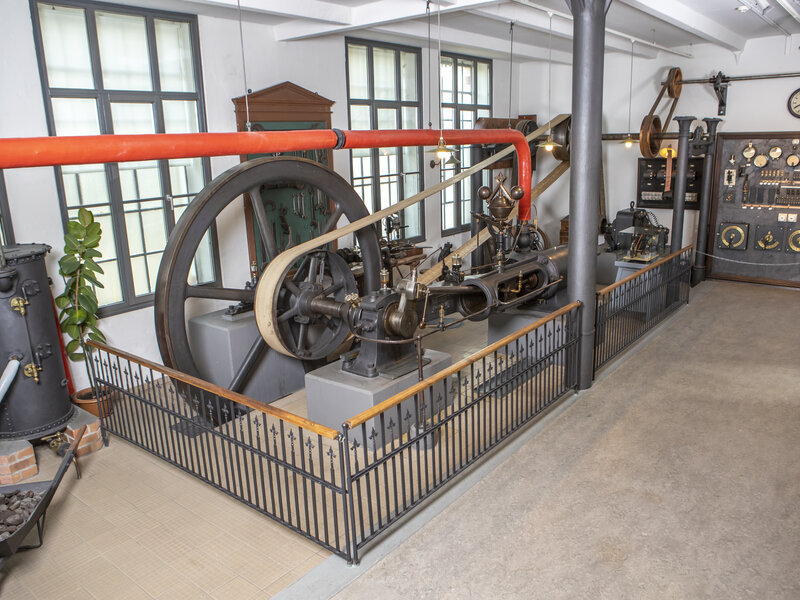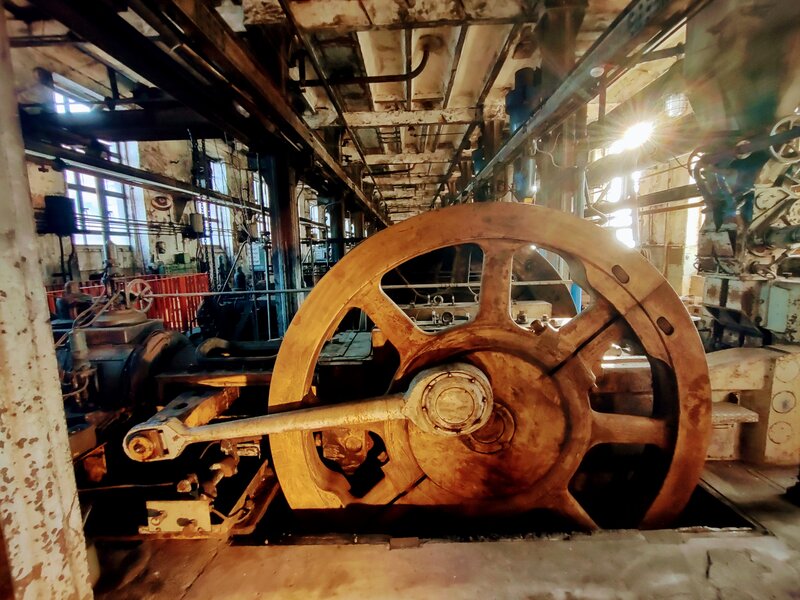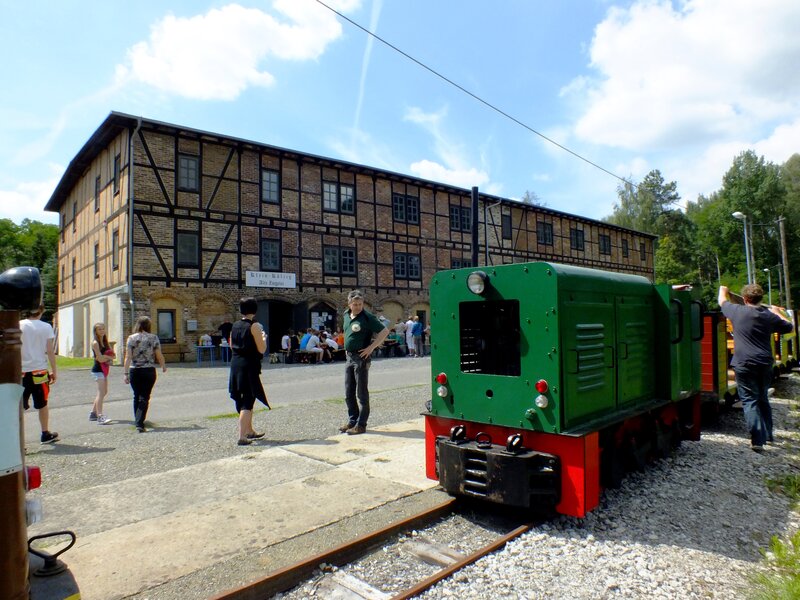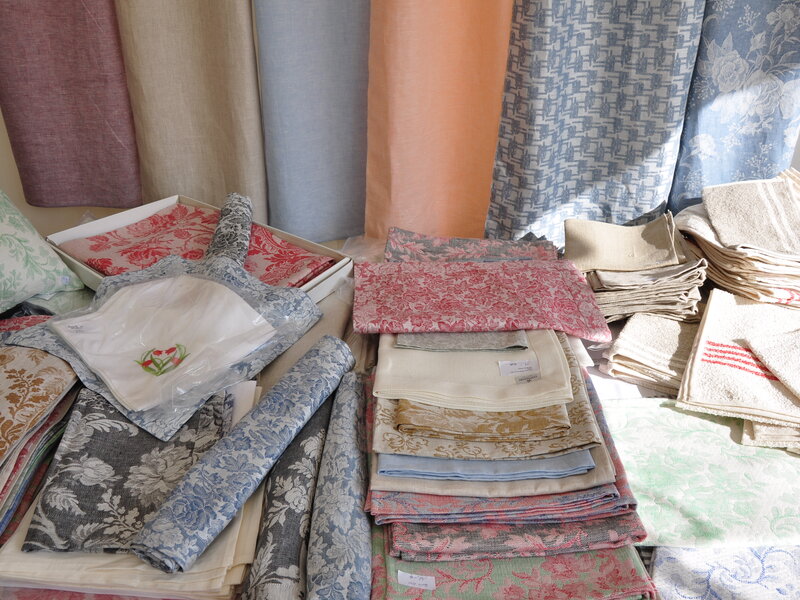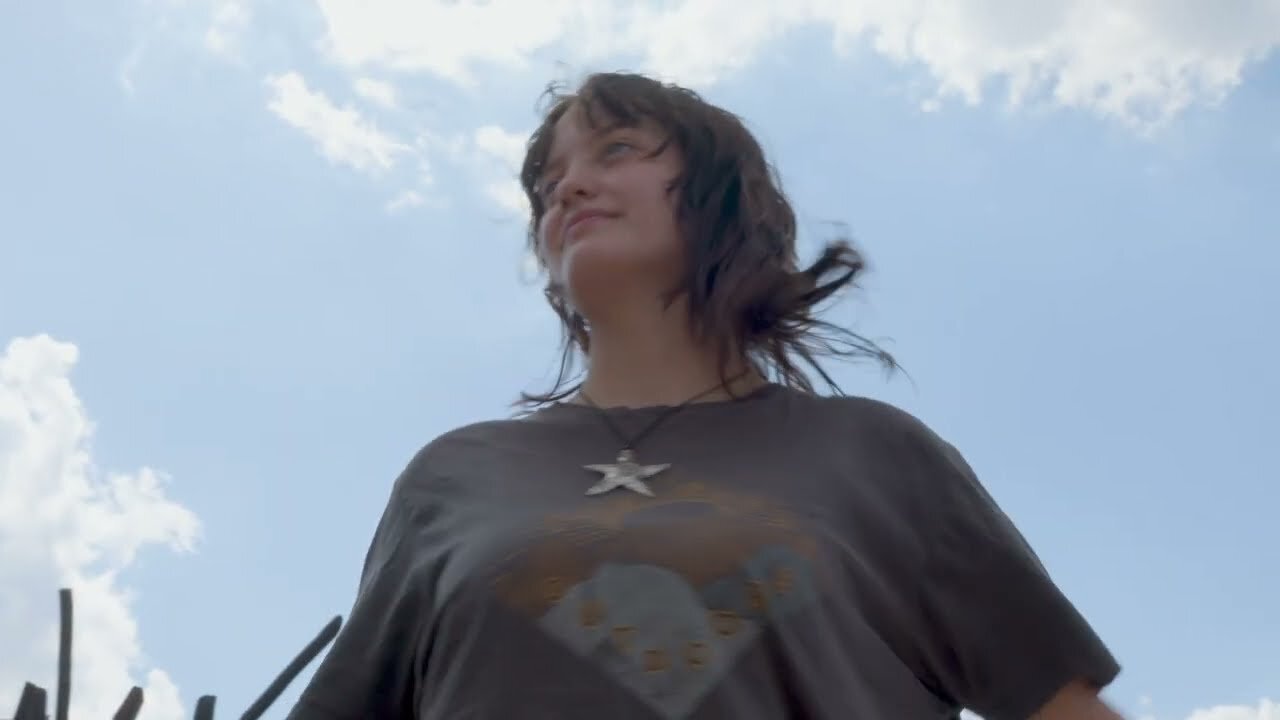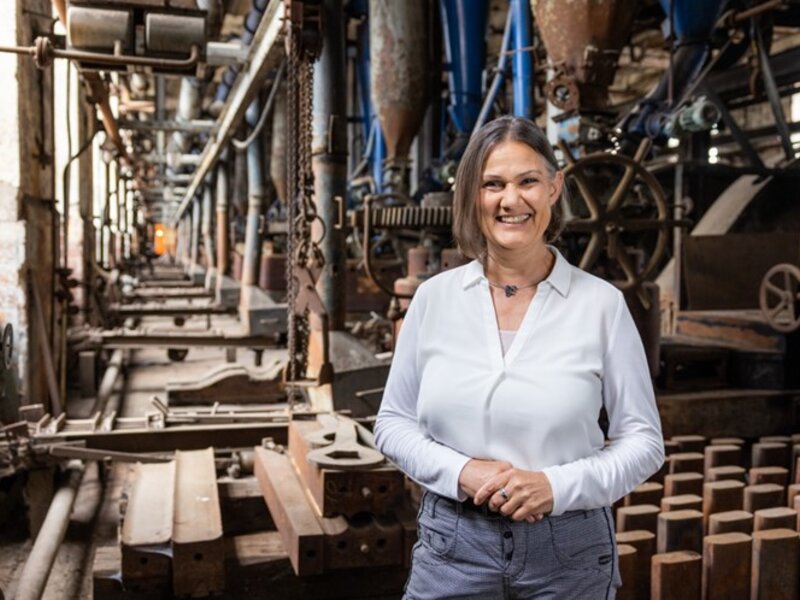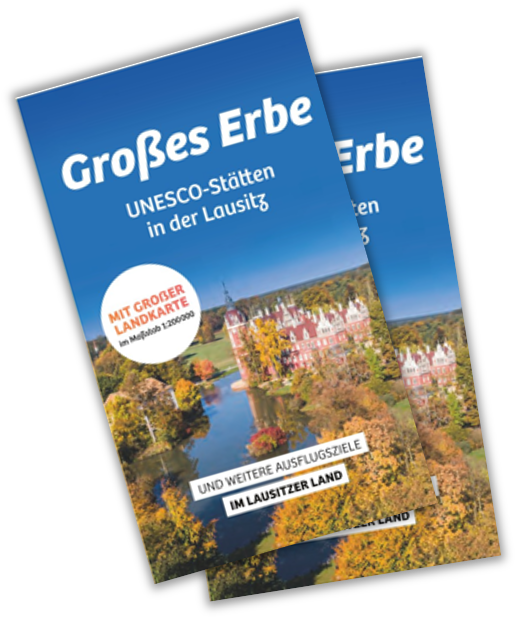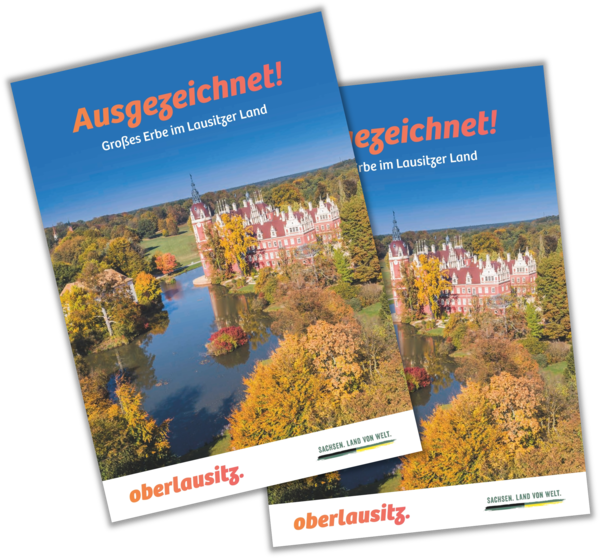On the trail of coal in direct change - ClipQuest.Lausitz 2025
Three young filmmakers, three days, one moving short film.
ClipQuest.Lausitz took place in Upper Lusatia for the first time this year. Young talents explored the region and captured their impressions in impressive short films - fresh, creative and authentic.
Team 3 - "On the trail of coal: in direct change"
The clip takes us to places of change and tells the emotional story of a Sorbian woman whose home village had to make way for open-cast mining. She speaks openly about farewell, loss and remembrance.
The second part of the clip looks to the future:
The Nochten boulder park and Lake Bärwald symbolize renaturation, hope and the future. They show how new habitats are created from the scars of the past - impressive, touching and full of perspective.
A cinematic journey through structural change, identity and renewal - in the heart of Lusatia.
Lusatia-moving landscape in transition
Lusatia is a region that is characterized by constant change and development like no other. Historically and currently, the people here have learned to live with these changes, and further extensive structural change is imminent. The inhabitants are always accompanied by their great heritage, such as the opencast lignite mining that once supplied the region with energy. Today, the largest artificial water landscape in Europe is being created in Lusatia as part of the transformation process. Despite the changes, traces of the past remain and continue to shape the region. Lusatia offers a fascinating variety of geological, natural, cultural and industrial landscapes, which have been created by the interaction of nature and man and make the special, changing landscape of Lusatia unique.
Impressions of the Great Heritage of Industrial Culture
Let us take you on a journey through the industrial history of Lusatia.
